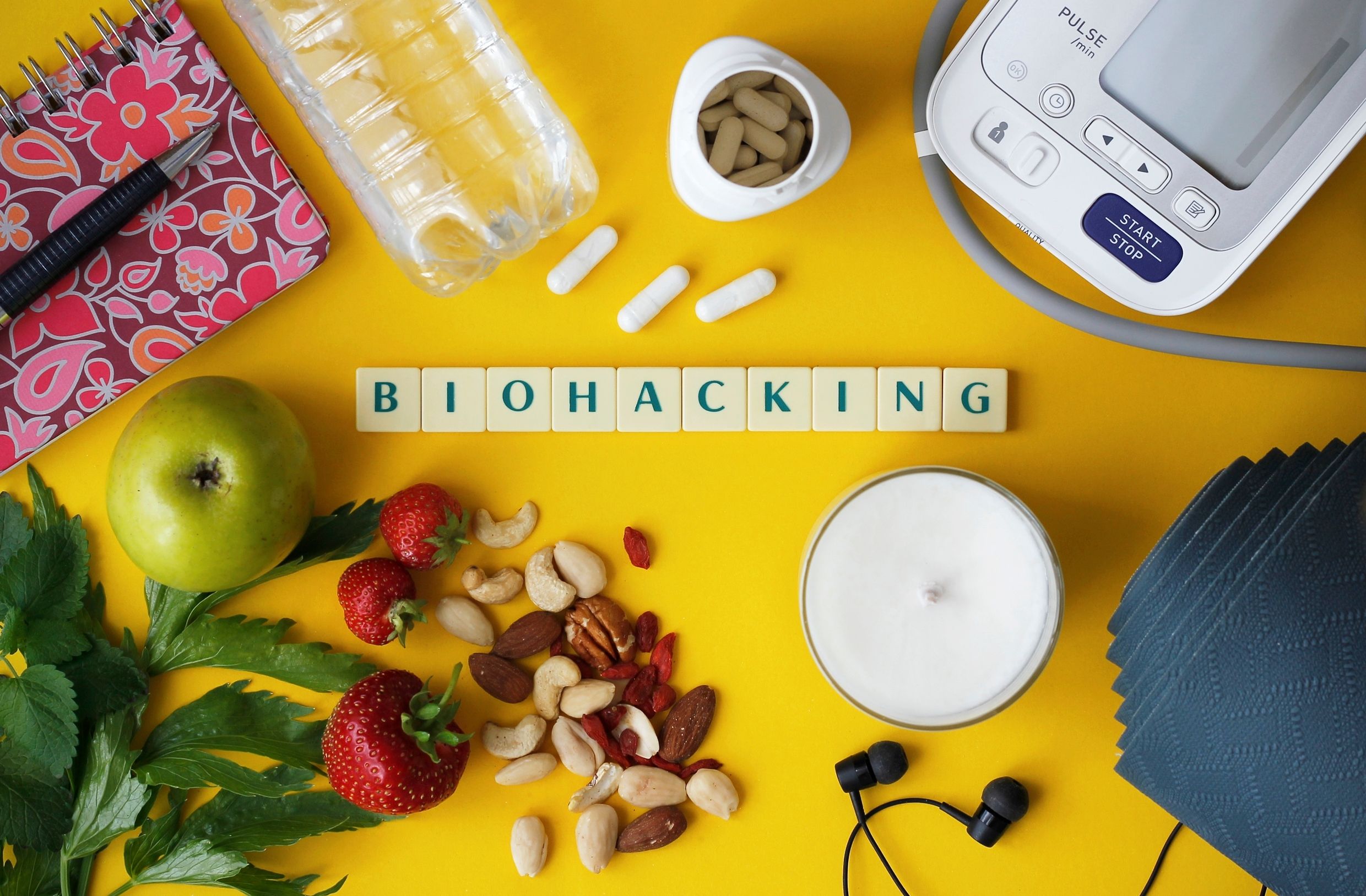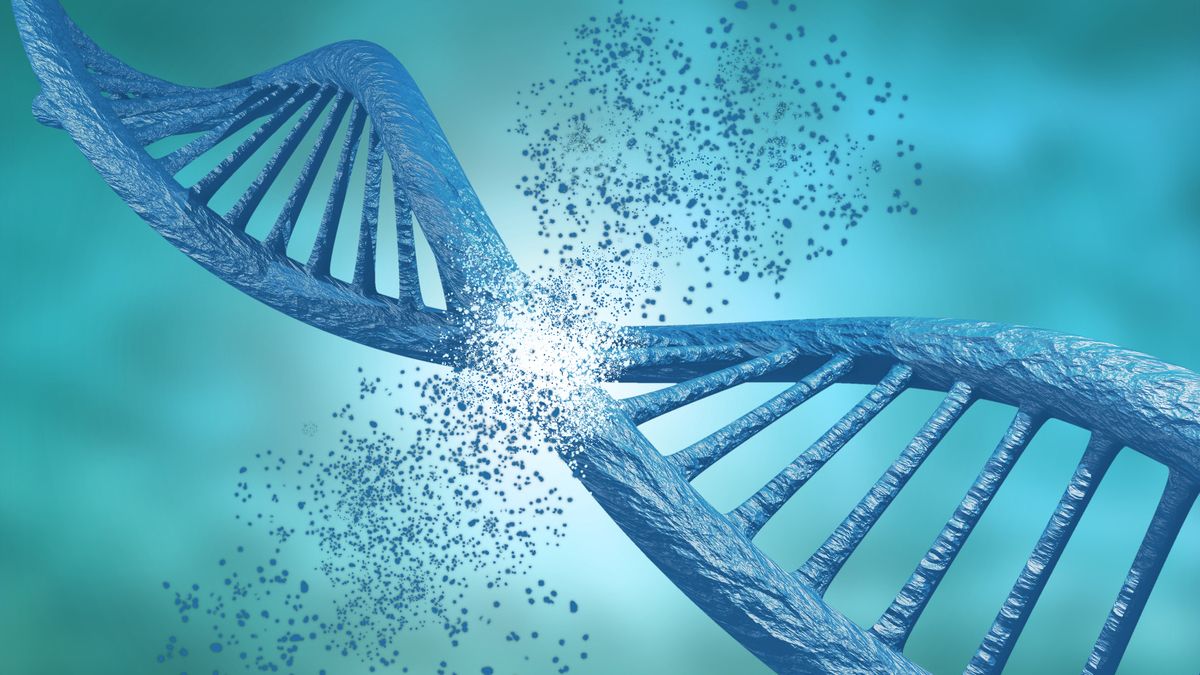Unlocking the Power of Oxidative Stress Supplements for Better Health

Many supplements help reduce oxidative stress
Oxidative stress is a term that has gained increasing attention in the field of health and wellness. Knowledge of the importance of maintaining a healthy balance between oxidation and antioxidation has grown, and so has the interest in oxidative stress supplements. These supplements are designed to support the natural defense system and promote overall health and well-being. This article will delve into the world of oxidative stress supplements, exploring their benefits, how they work, and what to consider when choosing the right one for you.
“Activating oxygen can produce compounds called radicals that put oxidative stress on cells. Such stress could ultimately lead to cancer and other diseases.”— John Simon1, Professor of Chemistry
Understanding Oxidative Stress: A Brief Overview
Oxidative stress occurs when there is an imbalance between the production of reactive oxygen species (ROS) and the body’s ability to detoxify and repair the damage caused by these harmful molecules. ROS are byproducts of normal cellular metabolism and are also generated in response to various environmental factors such as pollution, smoking, and UV radiation.
While the body has built-in defense mechanisms to neutralize ROS, excessive production or inadequate response can lead to oxidative stress, which has been linked to various health conditions. When it comes to oxidative stress, it is important to understand the underlying mechanisms and their impact on your health. The intricate balance between ROS production and the body’s ability to counteract their harmful effects is a complex process that involves numerous cellular pathways and molecules.
One of the key players in this delicate balance is the production of antioxidants2. Antioxidants are substances that can neutralize ROS and prevent them from causing damage to our cells. These antioxidants can be produced by our bodies or obtained from external sources such as fruits, vegetables, and certain supplements.
The Role of Oxidative Stress in Health and Disease
Oxidative stress has been implicated in the development and progression of numerous diseases, including cardiovascular diseases, neurodegenerative disorders, and certain types of cancer. The damaging effects of oxidative stress can be far-reaching, affecting various organs and systems in the body.
For example, in cardiovascular diseases, oxidative stress can contribute to the development of atherosclerosis, a condition characterized by the buildup of plaque in the arteries. The oxidative damage to the arterial walls can trigger an inflammatory response, leading to the formation of plaques that can restrict blood flow and increase the risk of heart attacks and strokes.
In neurodegenerative disorders such as Alzheimer’s disease and Parkinson’s disease, oxidative stress has been shown to play a significant role in the progression of these conditions. The accumulation of ROS can damage neurons and impair their function, leading to cognitive decline and motor abnormalities.
Furthermore, oxidative stress has also been linked to certain types of cancer. The DNA damage caused by ROS can disrupt normal cell division and promote the growth of cancer cells. Additionally, oxidative stress can contribute to the development of drug resistance in cancer cells, making treatment more challenging.
The Balance Between Oxidation and Antioxidation
The key to optimal health is finding the delicate balance between oxidation and antioxidation. While oxidation is necessary for normal cell function, excessive oxidative stress can tip the scale toward damage and dysfunction. Antioxidants, which can be obtained from your diet or through supplementation, are crucial in neutralizing ROS and preventing oxidative damage.
Your body has evolved intricate antioxidant defense systems to counteract the harmful effects of oxidative stress. These defense systems include enzymes such as superoxide dismutase, catalase, and glutathione peroxidase, which work together to convert ROS into less harmful substances.
However, in certain situations, such as during periods of intense physical activity or exposure to high levels of environmental pollutants, the body may require additional antioxidant support. This is where oxidative stress supplements come into play. These supplements are designed to provide an extra boost of antioxidants, helping to maintain the delicate balance between oxidation and antioxidation.
It is important to note that while oxidative stress supplements can be beneficial in certain situations, they should not replace a healthy diet and lifestyle. A well-balanced diet, rich in fruits, vegetables, whole grains, and lean proteins, can provide a wide range of antioxidants and other essential nutrients that are crucial for overall health.
In conclusion, understanding oxidative stress and its impact on health is essential for maintaining optimal well-being. By promoting a balanced lifestyle, incorporating antioxidant-rich foods into your diet, and considering supplementation when necessary, you can support your body’s natural defense mechanisms and reduce the risk of oxidative damage.

The Science Behind Oxidative Stress Supplements
Oxidative stress supplements are formulated with specific ingredients that have been shown to possess antioxidant properties. These ingredients work synergistically to combat the harmful effects of reactive oxygen species (ROS) and restore balance to the body. Let’s dive deeper into how these supplements work and explore some key ingredients that you may encounter.
Reactive oxygen species, such as free radicals, are highly reactive molecules that can cause damage to cells and tissues in the body. They are produced as byproducts of normal metabolic processes, but their levels can increase due to various factors such as pollution, smoking, and radiation exposure. When ROS levels exceed the body’s antioxidant defense mechanisms, oxidative stress occurs, leading to cellular damage and potentially contributing to the development of various diseases.
How Oxidative Stress Supplements Work
Oxidative stress supplements work in several ways to mitigate the damaging effects of ROS. Firstly, they provide the body with a boost of antioxidants, which scavenge and neutralize free radicals. Antioxidants work by donating an electron to the free radicals, stabilizing them and preventing them from causing further damage. This process helps to restore balance and reduce oxidative stress.
Secondly, these supplements can stimulate the body’s natural antioxidant defense systems, enhancing its ability to handle oxidative stress. For example, certain ingredients in these supplements can activate the production of enzymes that play a crucial role in neutralizing ROS. By boosting the body’s antioxidant defenses, oxidative stress supplements provide long-term protection against free radical damage.
Lastly, certain oxidative stress supplements may have anti-inflammatory properties, further contributing to overall health and well-being. Chronic inflammation is closely linked to oxidative stress, and by reducing inflammation, these supplements can help alleviate the burden on the body’s antioxidant defense mechanisms.
Key Ingredients in Oxidative Stress Supplements
You may encounter various ingredients demonstrating antioxidant properties when exploring oxidative stress supplements. For instance, vitamins C and E are well-known antioxidants that help neutralize free radicals and protect against oxidative damage. Vitamin C is water-soluble and works in the body’s fluid compartments, while vitamin E is fat-soluble and protects the cell membranes from oxidative damage.
Other common ingredients include coenzyme Q10, alpha-lipoic acid, and flavonoids. Coenzyme Q10 is a naturally occurring compound that plays a vital role in cell energy production. It also acts as an antioxidant, protecting cells from oxidative damage. Alpha-lipoic acid is another powerful antioxidant that can regenerate other antioxidants, such as vitamins C and E, making them more effective in combating free radicals. Flavonoids, found in various fruits and vegetables, have been shown to have antioxidant and anti-inflammatory properties.
It’s important to note that different supplements may contain different combinations and concentrations of these ingredients, so it’s essential to look for products that provide adequate levels based on scientific research. Additionally, it’s always advisable to consult with a healthcare professional before starting any new supplement regimen, especially if you have any underlying health conditions or are taking medications.
Potential Health Benefits of Oxidative Stress Supplements
Now that you better understand how oxidative stress supplements work, let’s explore some potential benefits they may offer for your health. While more research is needed to understand the extent of these benefits fully, early studies suggest that oxidative stress supplements could positively impact various aspects of your well-being.
Oxidative stress, caused by an imbalance between free radicals and antioxidants in the body, has been linked to numerous health issues. By reducing oxidative stress through supplementation, you may be able to address these concerns and improve your overall health.
Boosting Immune System Function
The immune system is vital in protecting you against infections and diseases. Oxidative stress can weaken the immune response, making you more susceptible to illness. By reducing oxidative stress through supplementation, you may be able to support your immune system and enhance its ability to fight off pathogens and maintain optimal health.
Studies have shown that oxidative stress supplements, such as vitamins C and E, can help strengthen the immune system by neutralizing harmful free radicals and reducing inflammation. This can lead to a lower risk of infections, faster recovery from illnesses, and overall improved immune function.
Enhancing Cellular Health and Longevity
As mentioned earlier, oxidative stress can damage key cellular components and impair cell function. By reducing oxidative stress, oxidative stress supplements may promote cellular health and longevity. This, in turn, could positively impact various aspects of your health, including aging, cognitive function, and overall vitality.
Research has shown that oxidative stress supplements, such as resveratrol and coenzyme Q10, can help protect cells from oxidative damage and improve their function. By maintaining healthy cells, these supplements may contribute to a slower aging process, improved cognitive function, and increased energy levels.
In addition, oxidative stress supplements have been found to activate certain genes and pathways associated with longevity. This suggests that they may have the potential to extend lifespan and improve overall quality of life.
Furthermore, oxidative stress supplements can support mitochondrial health, which is crucial for energy production and overall cellular function. These supplements may enhance your physical performance and overall vitality by optimizing mitochondrial function.
It’s important to note that while oxidative stress supplements show promise in promoting immune system function and cellular health, more research is needed to fully understand their long-term effects and optimal dosage. Consulting with a healthcare professional is recommended before starting any supplementation regimen.
Choosing the Right Oxidative Stress Supplement
Now that you’re aware of the potential benefits of oxidative stress supplements, it’s important to know how to choose the right one for your needs. Here are some factors to consider when buying supplements:
Factors to Consider When Buying Supplements:
- Quality and reputation of the brand
- Ingredients and their concentrations
- Evidence-based research supporting the product claims
- Product certifications and third-party testing
- Customer reviews and testimonials
Understanding Supplement Labels
When purchasing oxidative stress supplements, it’s essential to read and understand the product labels. Look for clear and transparent information regarding the active ingredients, their concentrations, and any potential allergens or contraindications. Additionally, be wary of exaggerated claims or misleading marketing tactics. Consulting with a healthcare professional or a registered dietitian can provide further guidance in selecting the right supplement.
Risks and Considerations of Oxidative Stress Supplements
While oxidative stress supplements offer potential benefits, it’s crucial to be aware of any possible risks or considerations associated with their use.
Possible Side Effects and Interactions
As with any supplement or medication, side effects or interactions with other medications are always possible. It is important to consult with a healthcare professional before starting any new supplement regimen, especially if you have underlying health conditions or are taking prescription medications.
When to Consult a Healthcare Professional
If you are unsure whether oxidative stress supplements are right for you, or if you experience any adverse effects while taking them, it is best to consult with a healthcare professional. They can assess your individual health needs and provide personalized recommendations based on your unique circumstances.
Conclusion
Oxidative stress supplements hold the potential to unlock a world of health benefits by helping to restore balance and combat the damaging effects of oxidative stress. By understanding oxidative stress, how these supplements work, and what to consider when choosing one, you can make informed decisions about your health. Remember to consult a healthcare professional before starting any supplement regimen and prioritize a balanced and nutrient-rich diet alongside a healthy lifestyle. With the right approach, oxidative stress supplements can play a valuable role in promoting better health and well-being. Take Accuri® Vitality ↑® NAD+ Booster daily to boost energy and improve your well-being.
Lastly, if you’re interested in going deeper on health-related content, here are a few of our recent posts that you may want to read:
- The Scary Causes of Oxidative Stress and Inflammation & Disease States
- Why Muscle Is Your Biggest Alley in the Anti-Aging Strategy
- The 24 Hottest Biohacking Trends in 2024
- NAD Optimization: Real People, Real Results

































